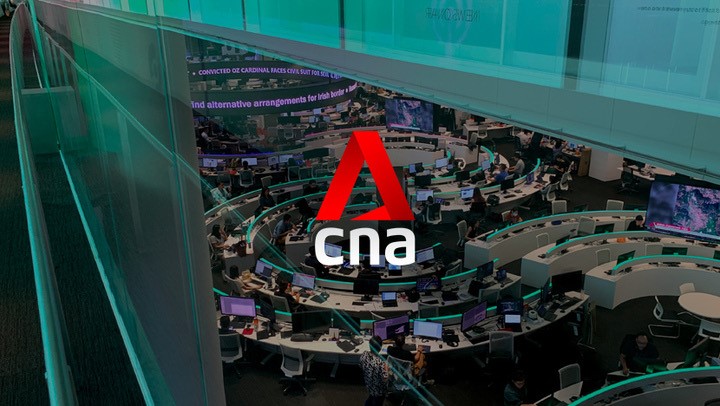Singapore, Malaysia sign bilateral agreement for High-Speed Rail project
By Lim Jia Qi Posted 13 Dec 2016 17:16 Updated 13 Dec 2016 18:50
PUTRAJAYA, Malaysia: A legally binding bilateral agreement that paves the way for the implementation of the Singapore-Kuala Lumpur High-Speed Rail (HSR) project was signed by both countries on Tuesday (Dec 13).
The HSR lines in Singapore and Malaysia are to be linked by a bridge over the Straits of Johor with a height clearance of 25m above the water level, it was revealed in the agreement.
Singapore Prime Minister Lee Hsien Loong and Malaysian Prime Minister Najib Razak witnessed the signing ceremony at the Prime Minister’s Office in Putrajaya. The agreement was signed by Coordinating Minister for Infrastructure and Minister for Transport Khaw Boon Wan and Minister in the Prime Minister’s Department Abdul Rahman Dahlan.
Speaking at a joint press conference with Malaysian Prime Minister Najib Razak, Singapore Prime Minister Lee Hsien Loong said there is a strong political will and focus from Singapore and Malaysia to ensure the HSR project is done right and is a success.
Mr Lee added that the HSR line will transform the way the two countries interact, socialise and do business, for the better.
The HSR is a marquee project and the signing of the bilateral agreement marks a significant milestone in Singapore relations with Malaysia, he said.
“It gives both sides greater stake in keeping relations strong and positive,” Mr Lee added.
The project is slated for completion in 2026, and Mr Najib said that both sides were committed to the deadline. "It's about 10 years, but as you know, (given) the size of this project, the complexity of this project, 10 years is a relatively short period of time, which means we have to work very closely together," he said.
"We are looking forward to its implementation according to schedule and we think that we will be able to deliver it according to the timeline we've committed to, between the two sides."
The bilateral agreement came after the two neighbouring countries signed a Memorandum of Understanding (MOU) on the 350km rail project in July. Of the entire rail system, 15km will lie in Singapore and 335km in Malaysia.
It will have eight stations between Singapore and Malaysia with the two terminal stations at Jurong East in Singapore and Bandar Malaysia in Kuala Lumpur. The other six stations will be at Seremban, Ayer Keroh, Muar, Batu Pahat and Iskandar Puteri.
SEAMLESS TRAVEL
The HSR is expected to cut travel time between Singapore and Kuala Lumpur to 90 minutes. Customs, Immigration and Quarantine (CIQ) facilities will also be co-located at Singapore, Bandar Malaysia and Iskandar Puteri. This means that international passengers will only need to undergo both Singapore and Malaysia CIQ clearance at the point of departure.
Singapore and Malaysia will call for a joint tender for an international operator to run the KL-Singapore express service and the cross-border shuttle service between Iskandar Puteri. Meanwhile, Malaysia will also put up a tender for a domestic operator to run the domestic service within the country.
Another joint tender for a privately financed assets company to operate and maintain rail assets will also be called by the two countries next year.
After the signing of the agreement, a bilateral committee comprising representatives from both countries will be formed to manage aspects of the project which might impact cross-border services.
Both governments will each take responsibility for developing, constructing and maintaining the civil infrastructure and stations within their own countries. It will be undertaken by MyHSR Corporation and the Land Transport Authority in Malaysia and Singapore, respectively.
The joint tender for the system will open in the fourth quarter of next year and the two countries are expected to make a decision on who to award the rail system to by the end of 2018.
A Joint Development Partner (JDP) will also be appointed in early 2017 to assist in the development of the HSR project after a tender was called in August this year.
The JDP will provide advice on operational, technical and procurement matters relating to the high speed railway systems and operations.
- CNA/jq
http://www.channelnewsasia.com/news...al-agreement-for-high-speed-rail/3363164.html


